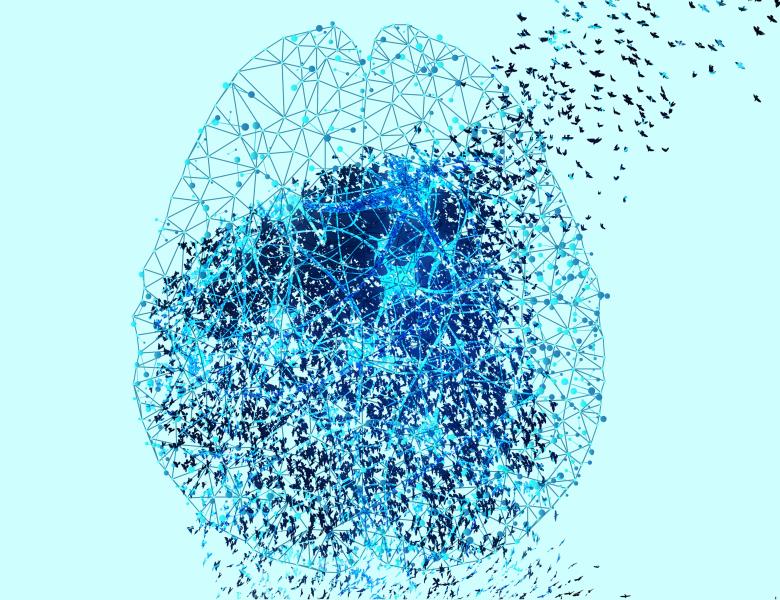
Abstract
The ability to understand and manipulate numbers and quantities emerges during childhood, but the mechanism through which humans acquire and develop this ability is still poorly understood. We explore this question through a model, assuming that the learner is able to pick up small objects and place them at will, and will spontaneously engage in undirected manipulation. We further assume that the learner's visual system will monitor the changing arrangements of objects in the scene and will learn to predict the effects of each action by comparing perception with a supervisory signal from the motor system. We model perception using standard deep networks for feature extraction and classification, and gradient descent learning. Our main finding is that, from learning the task of action prediction, an unexpected image representation emerges exhibiting regularities that foreshadow the perception and representation of numbers and quantity. These include distinct categories for zero and the first few natural numbers, a strict ordering of the numbers, and a one-dimensional signal that correlates with numerical quantity. As a result, our model acquires the ability to estimate {\em numerosity}, i.e. the number of objects in the scene, as well as {\em subitization}, i.e. the ability to recognize at a glance the exact number of objects in small scenes. Remarkably, subitization and numerosity estimation extrapolate to scenes containing many objects, far beyond the three objects used during training. We conclude that important aspects of a facility with numbers and quantities may be learned with incomplete supervision. Our observations suggest that cross-modal learning is a powerful learning mechanism that may be harnessed in artificial intelligence.


